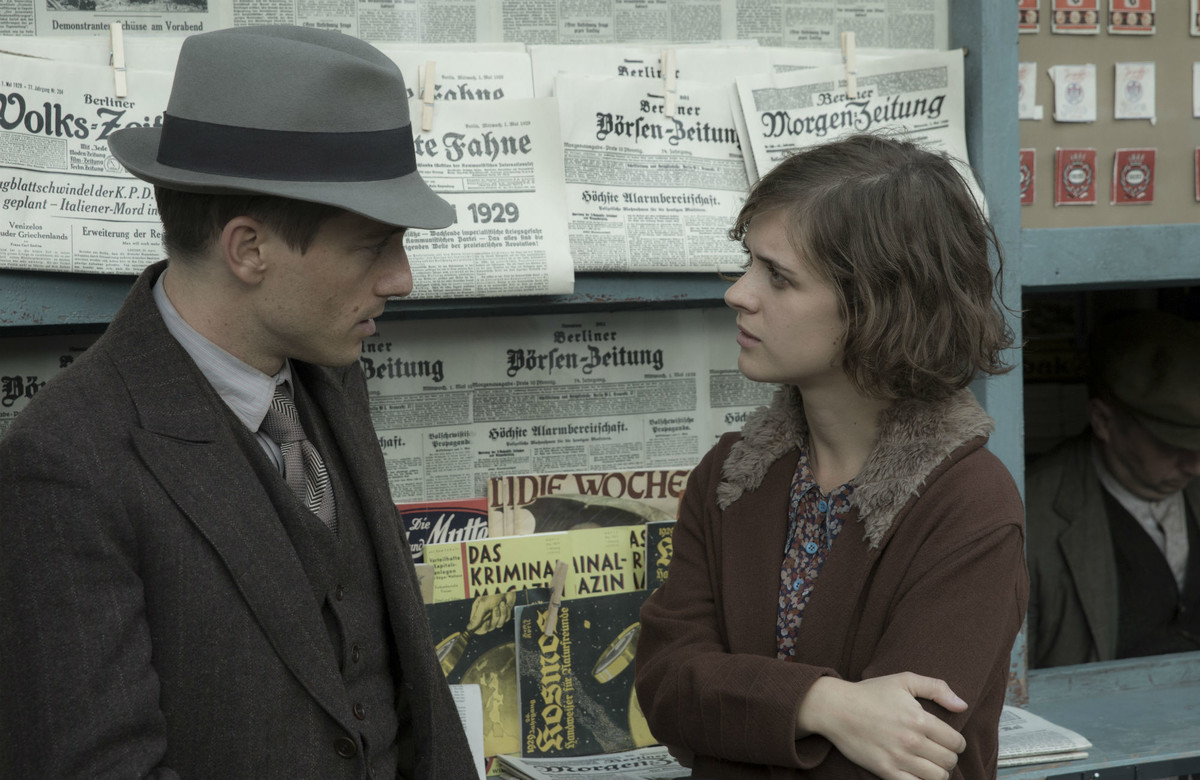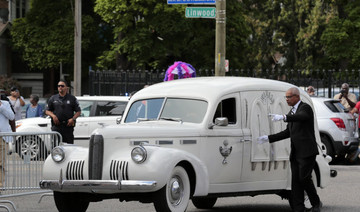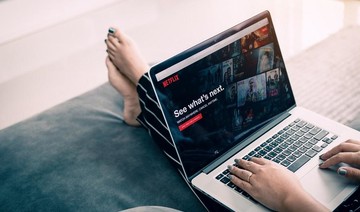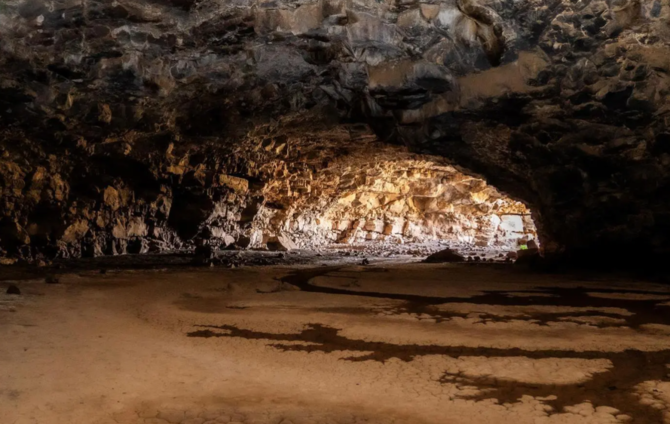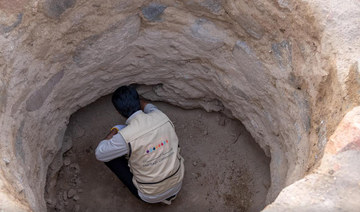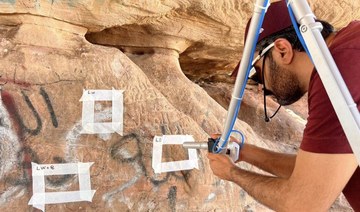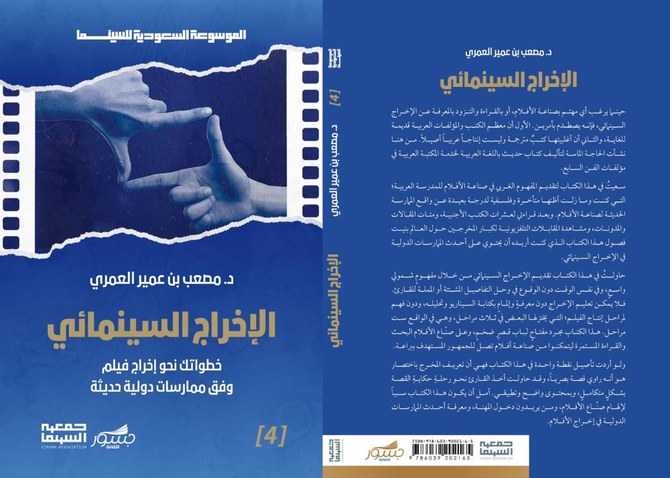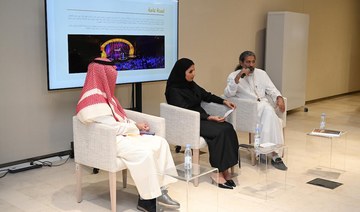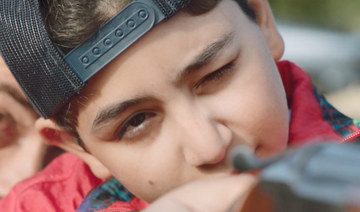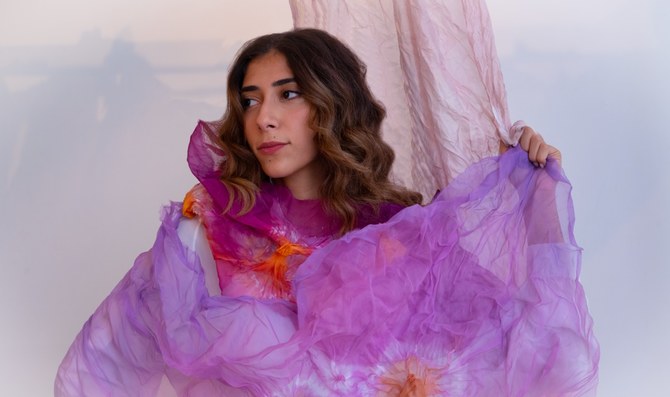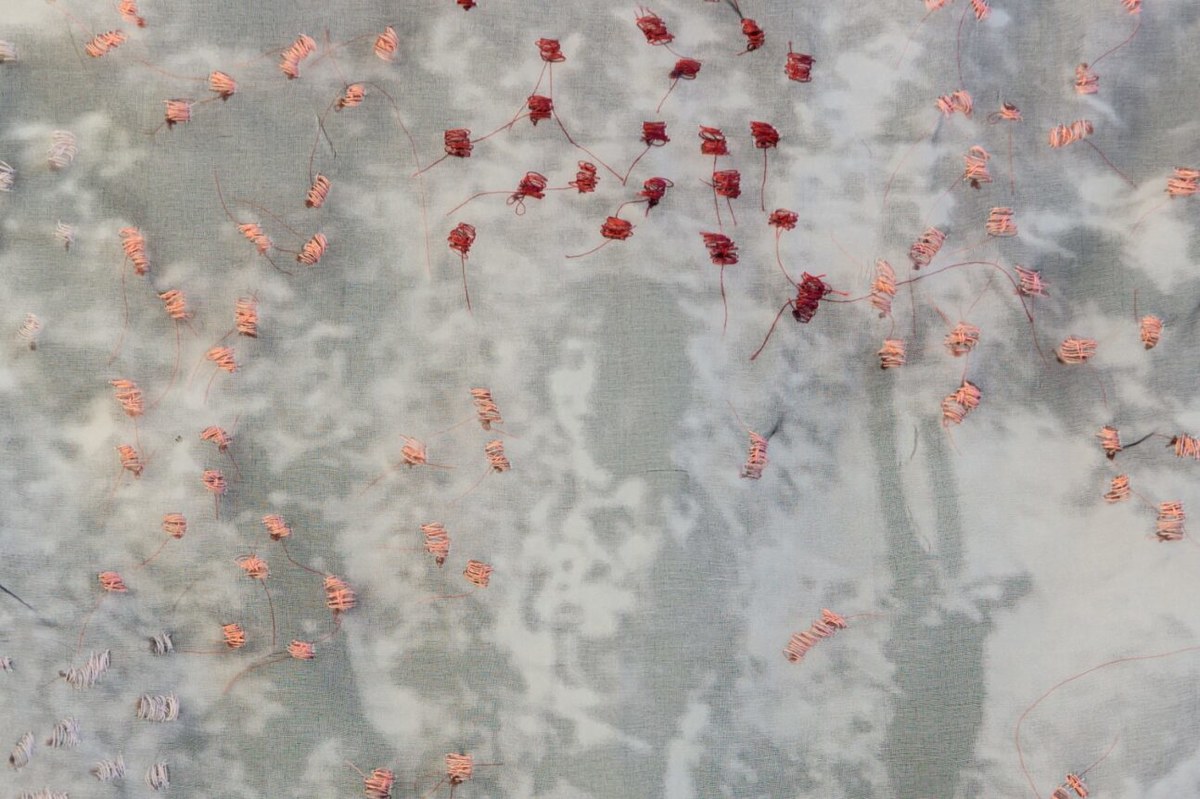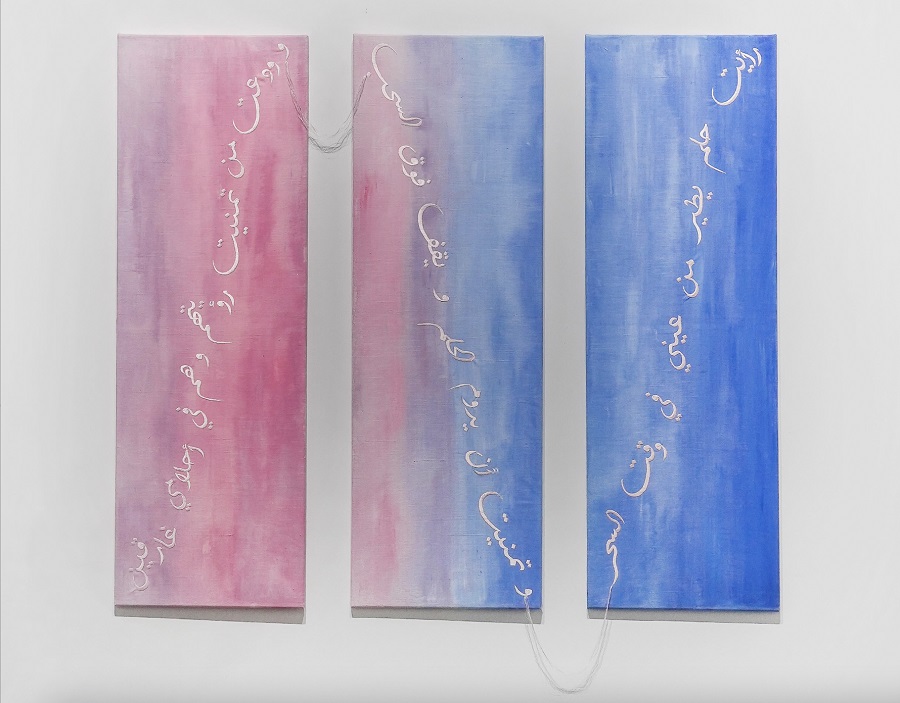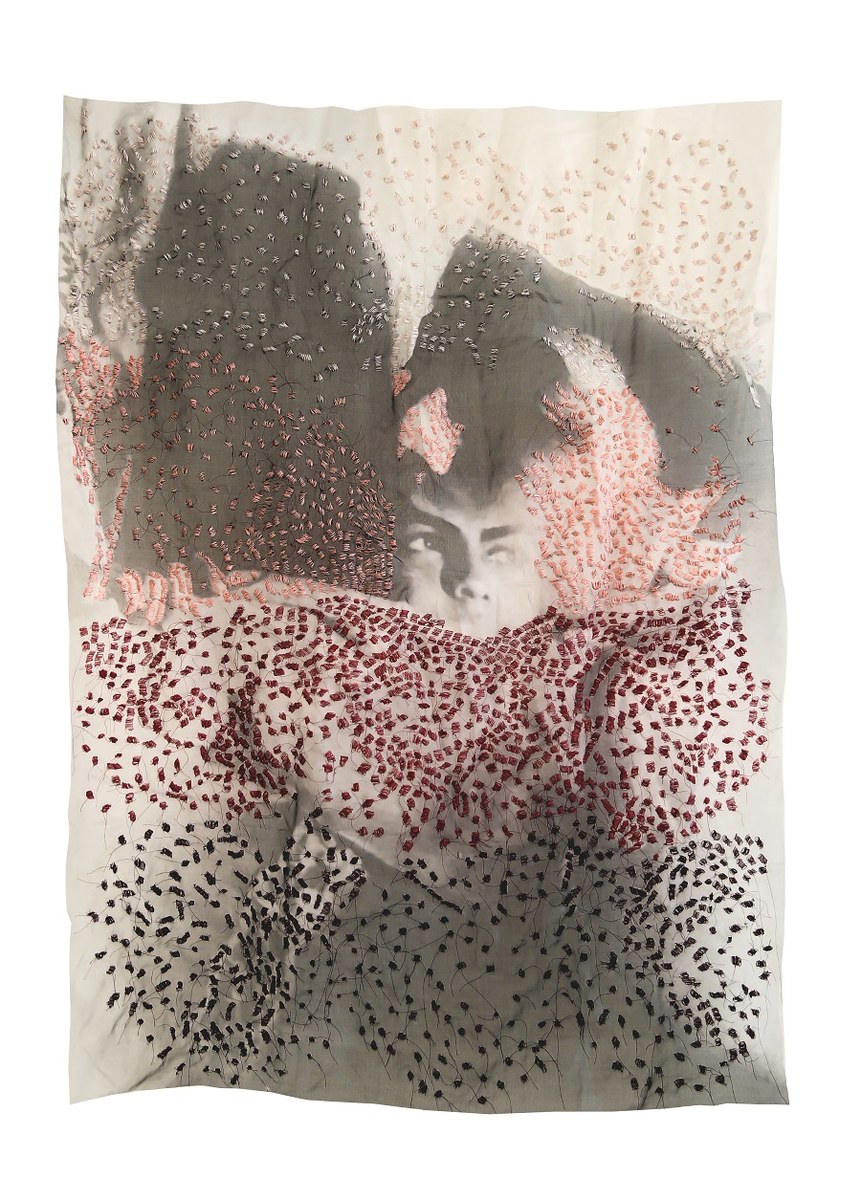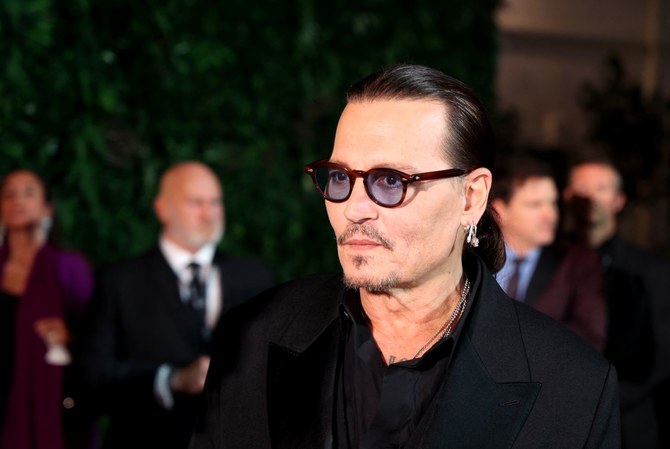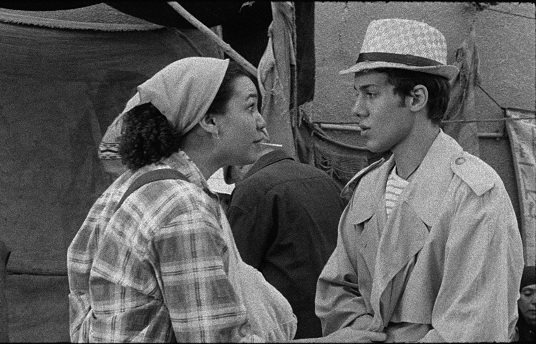DUBAI: From psycho killers to stellar spin-offs via dark comedy and romantic drama, here are the programs that we wasted the most work hours discussing this year. Warning: There will be spoilers.
The Handmaid’s Tale (Season Two)
After a first season that stayed fairly true to Margaret Atwood’s source novel, the dystopian drama took the theocratic Republic of Gilead into uncharted — and even bleaker, harder-to-watch — territory in its second season. Not everyone was on board (“The attempts to add more color and detail … ultimately register as brief pauses from the main event rather than necessary, interconnected sidebars,” wrote Vulture’s Jen Chaney), but, for us, season two more than justified its existence with its knuckle-whitening tension and of-the-moment examination of social issues.
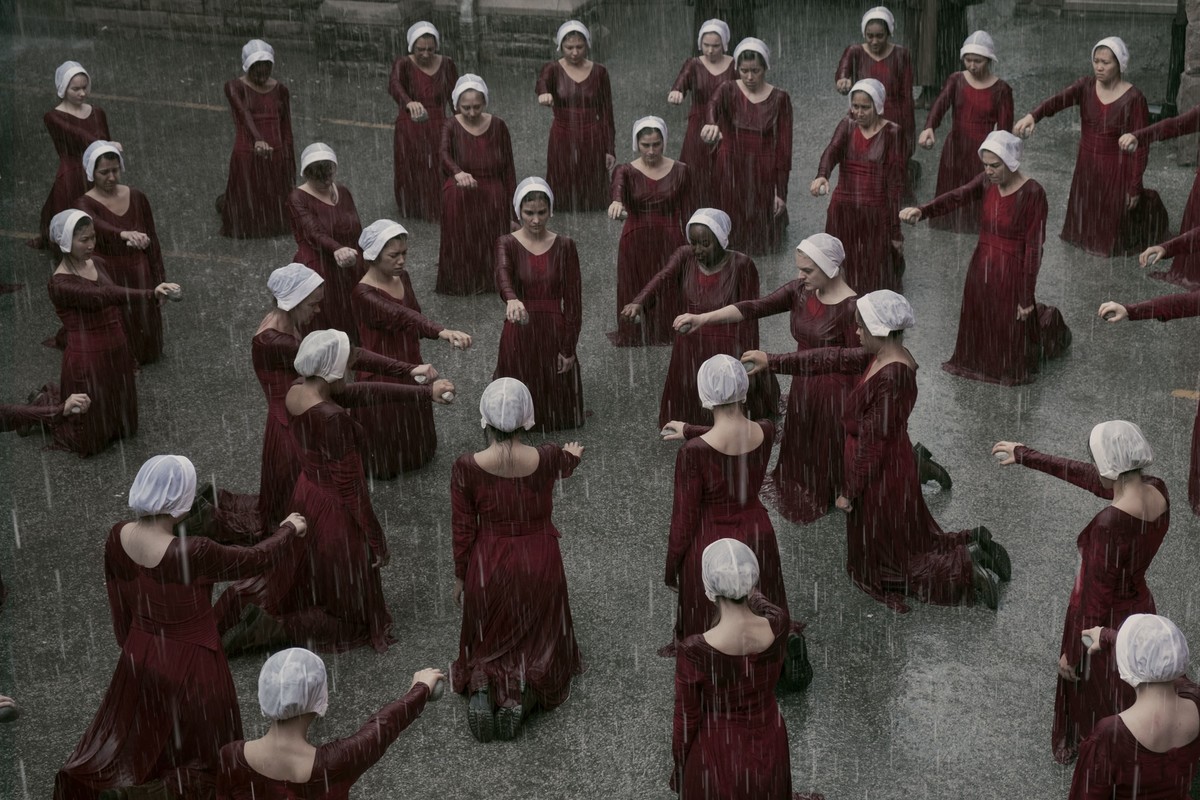
Killing Eve
An unexpected, and hard-to-categorize, hit, “Killing Eve” mixed smart storytelling, thrilling action set-pieces and comedy (both dark and silly) to great effect, further boosting the reputation of showrunner Phoebe Waller-Bridge. Jodie Comer was a revelation as the paradoxically deadly-but-vulnerable assassin Villanelle, and Sandra Oh portrayed MI5 officer Eve Polanski’s confused love-hate obsession with her brilliantly.

Al Hayba (Season Two)
Director Samer Al-Barkawi’s drama about the arms-smuggling Sheikh El Jabal clan in a village on the Lebanon-Syria border was one of the big hits of Ramadan 2017, so expectations were high for this year’s follow-up (a prequel to the first season). The complex plot kept audiences gripped; Syrian actor Taim Hassan drew plaudits for his reprisal as the head of the clan; and Nicole Saba proved a solid replacement for season one star Nadine Njeim. A bit of social-media controversy (in which — shocker! — people online seemed to confuse fiction and fact) only made this more of a must-see.
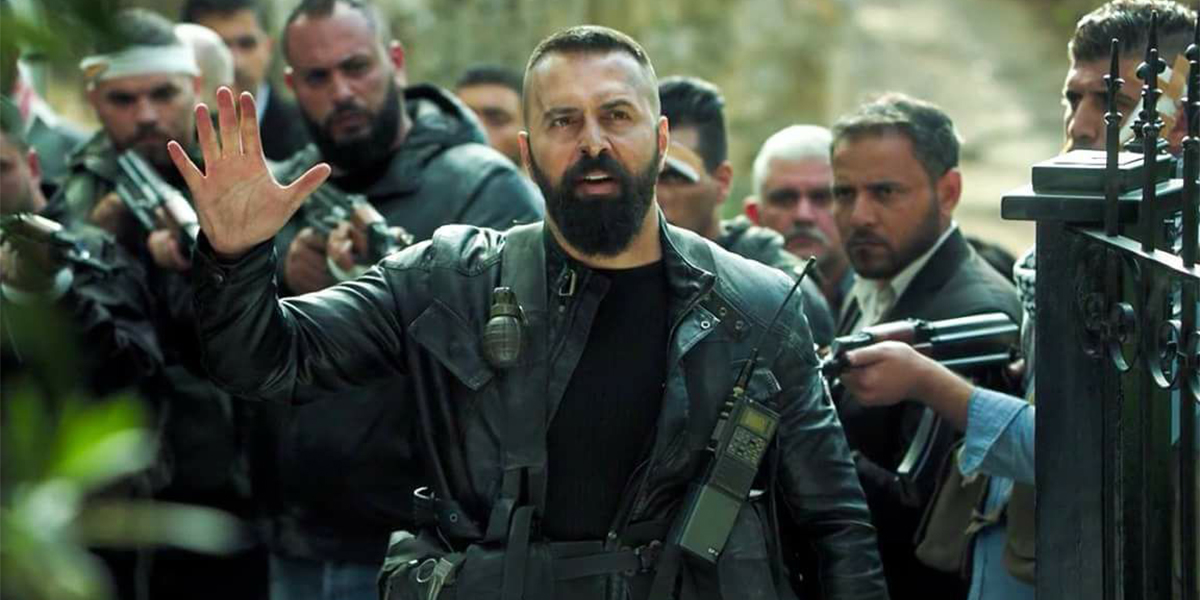
Better Call Saul (Season Four)
Remarkably, this spinoff from what is widely regarded as one of the peaks of “peak TV” — “Breaking Bad” — looks like it may actually come close to eclipsing the dizzy heights reached by its parent show. Bob Odenkirk’s portrayal of Jimmy McGill’s transformation into the morally bankrupt Saul Goodman continues to dazzle, and the emotional back-and-forth between Jimmy and his girlfriend Kim (the excellent Rhea Seehorn) is the show’s dark heart. This season, too, had a payoff as brutal as anything “Breaking Bad” produced.
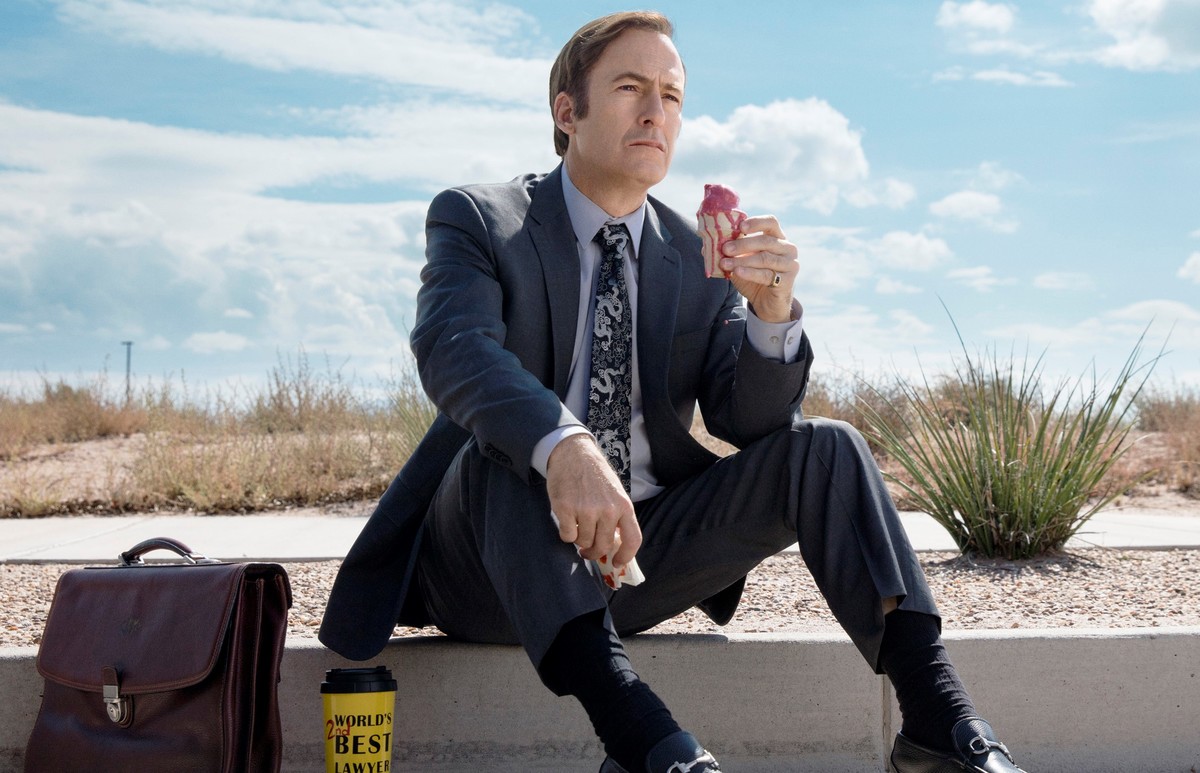
Atlanta (Season Two)
With his alter-ego Childish Gambino’s “This is America” and the sophomore season of this hip-hop comedy, Donald Glover proved himself one of 2018’s most powerful social commentators. Funny, frightening and thought-provoking, “Atlanta” built on its surprising, weird debut season to tackle heavy topics with surreal and subtle humor.
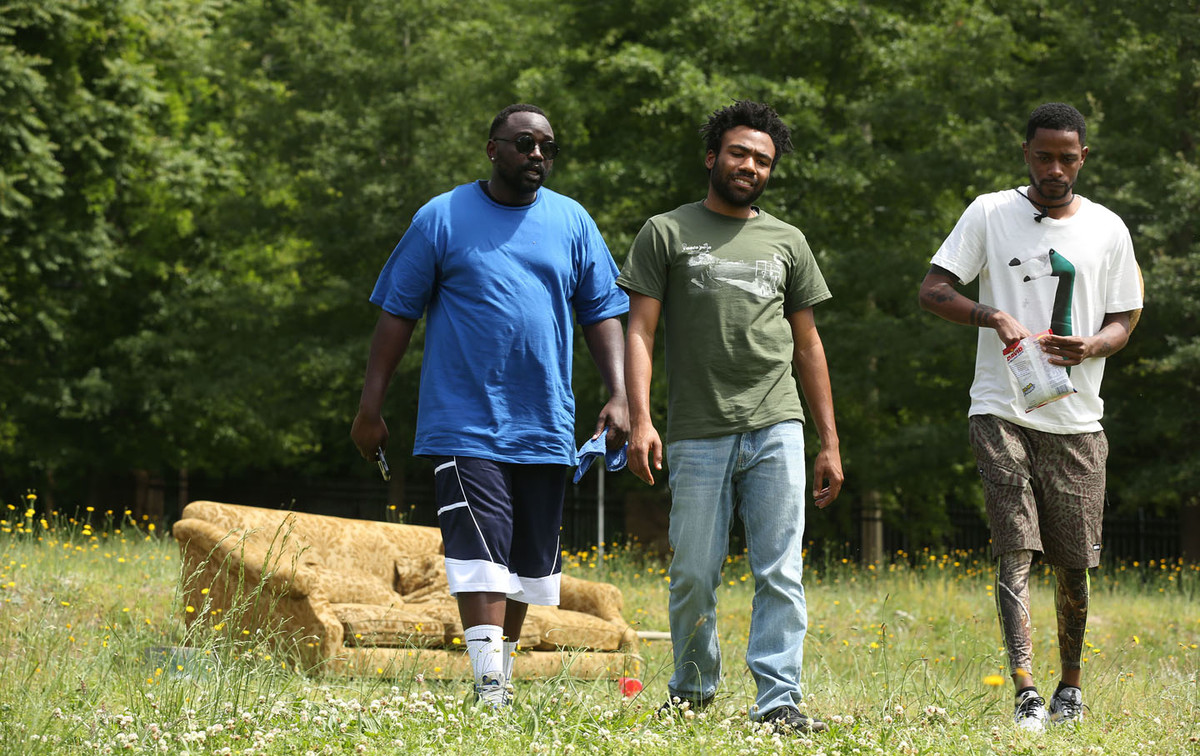
Bodyguard
Show creator Jed Mercurio had already proven with “Line of Duty” that he has a knack for gripping, jeopardy-heavy thrillers with jaw-dropping cliffhangers (and a penchant for killing off lead characters), so the success of “Bodyguard” — described by The Guardian as “a modern take on a hero’s fable” — wasn’t a huge surprise. Keeley Hawes was superb as ambitious home secretary Julia Montague and Richard Madden played her police protection officer David Budd with a compelling blend of hard-edged heroism and morally compromised frustration.
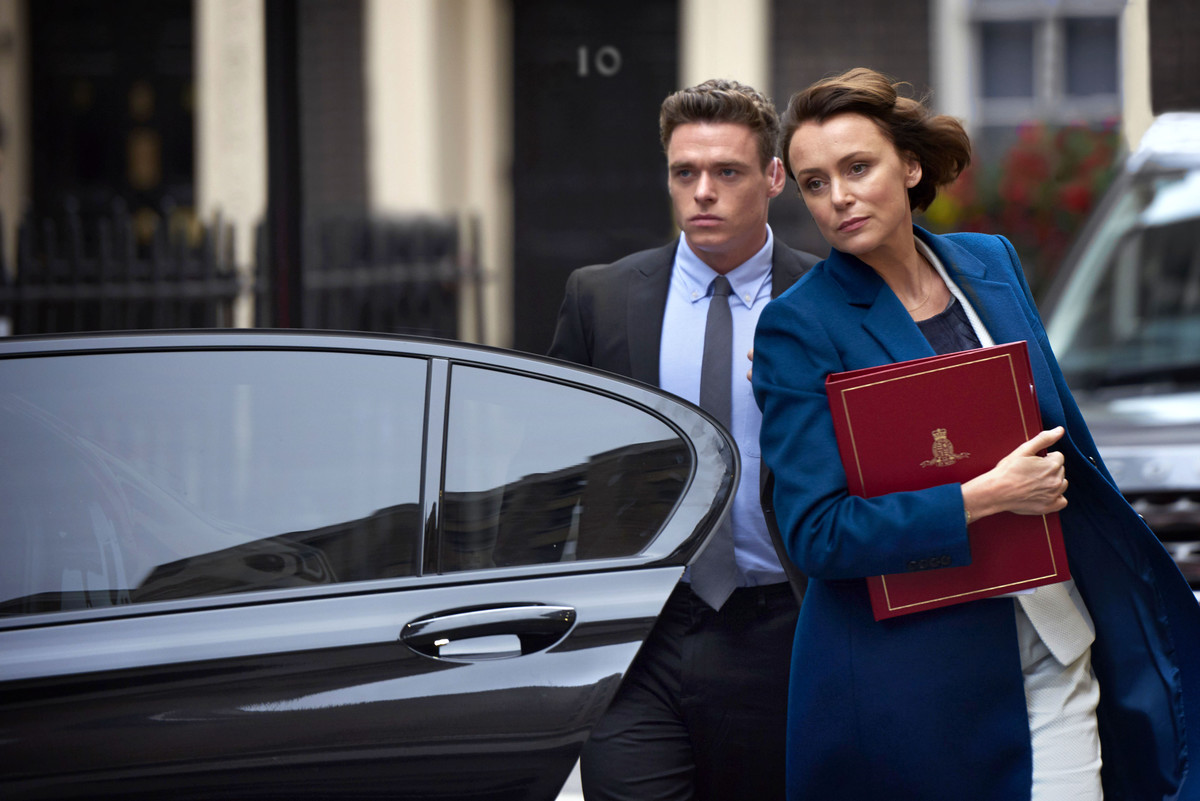
Tareeq
Nadine Njeim switched from “Al Hayba” to another Ramadan hit, this romantic drama also starring Syrian actor Abed Fahd as lovers Ameera and Jaber respectively. The moving story saw Jaber struggling to come to terms with the loss of his family in a car crash and unexpectedly falling for Ameera, a poor young law student. More than just a simple love story, “Tareeq” tackled themes of loss, class prejudice, and sacrifice.
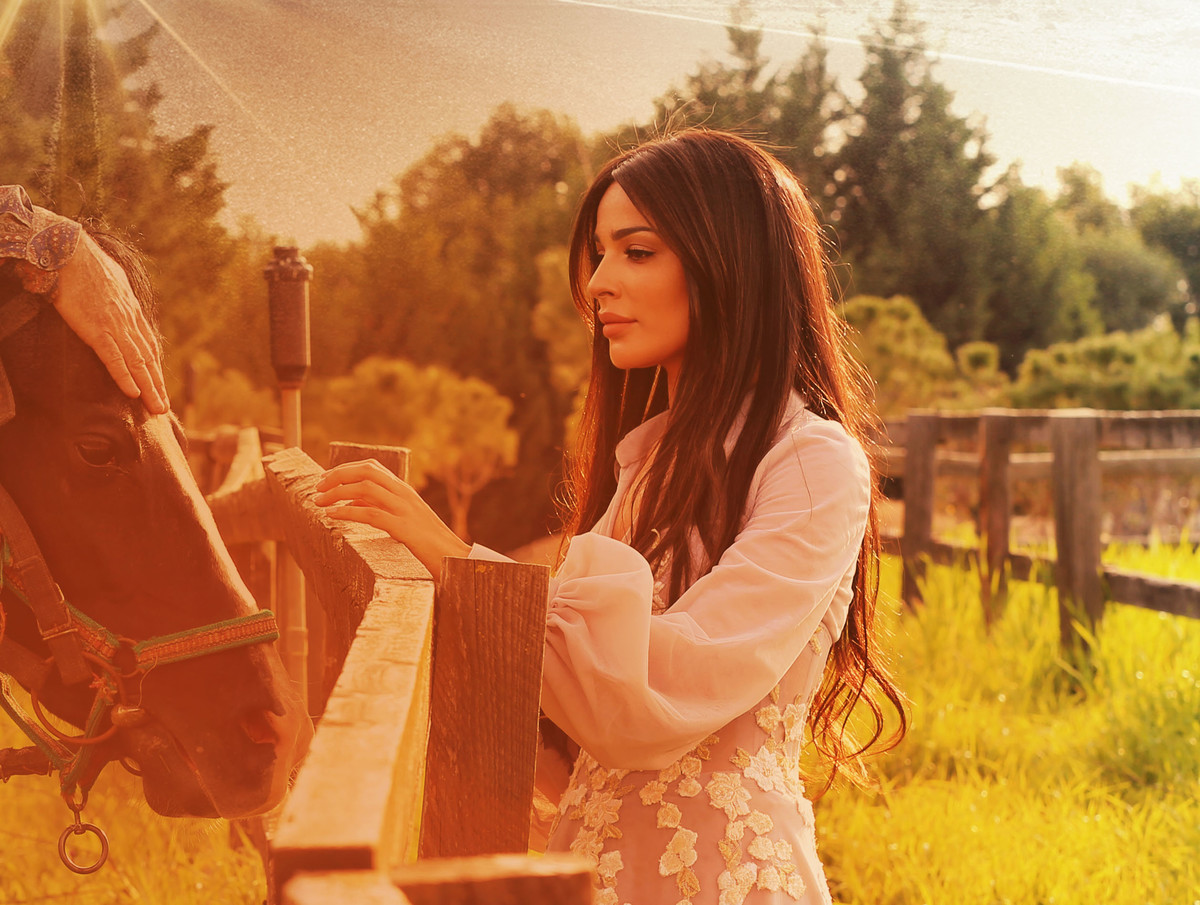
The Americans (Season Six)
It’s pretty rare for a well-loved TV show to wrap up with a satisfactory climax (remember “Lost”?), but “The Americans” — a downbeat, tense tale of Russian deep-cover agents in Reagan-era America — did it brilliantly, continuing the hugely engaging spy-thriller plot while equally successfully presenting an intense examination of a couple caught between loyalties to their homeland, their kids, their new home, and each other. All topped off with a powerful, slow-burn of a tragedy as parents and kids are separated, not always by choice.
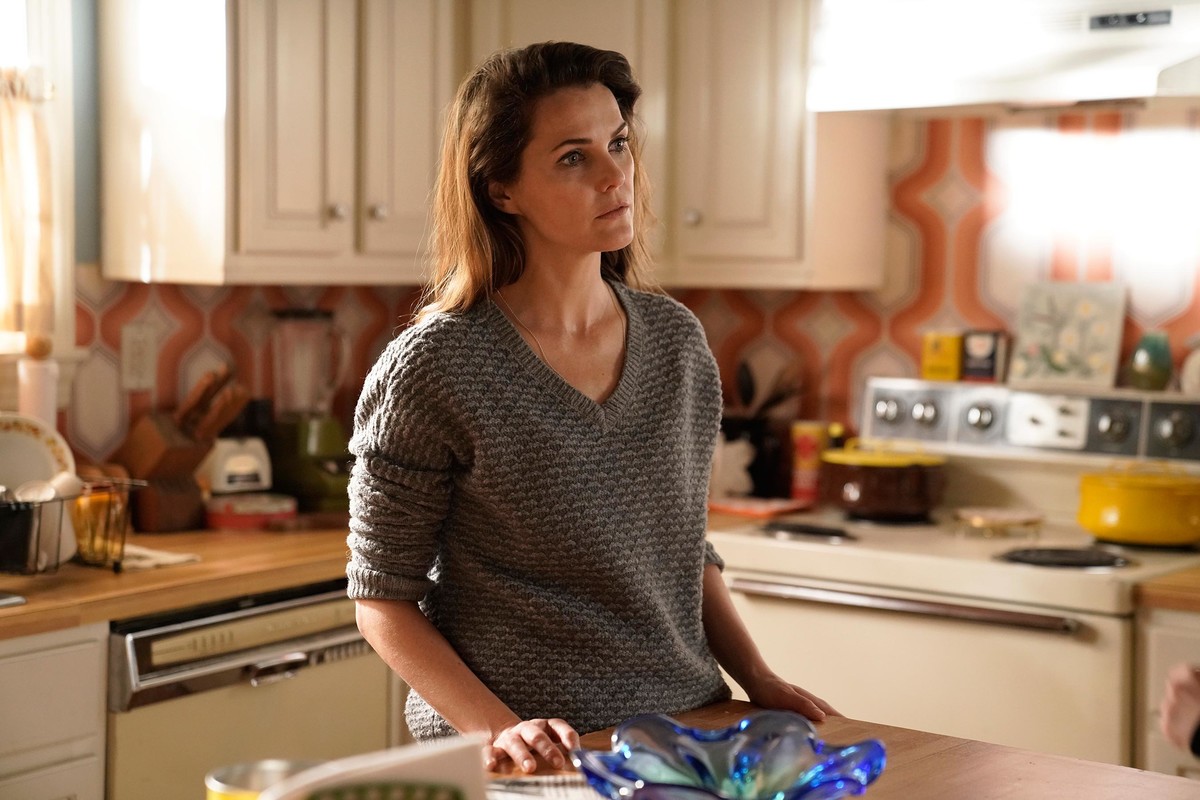
Barry
Another show based around the life of an assassin that, like “Killing Eve,” covers comedy and drama by keeping the best bits of both genres to the fore. Bill Hader once again proved his acting chops (often by pretending to be unable to act) as the titular hitman trying to escape his violent life and begin anew. Henry Winkler was typically superb as his acting coach, and each episode had belly laughs and gut-wrenching violence aplenty.
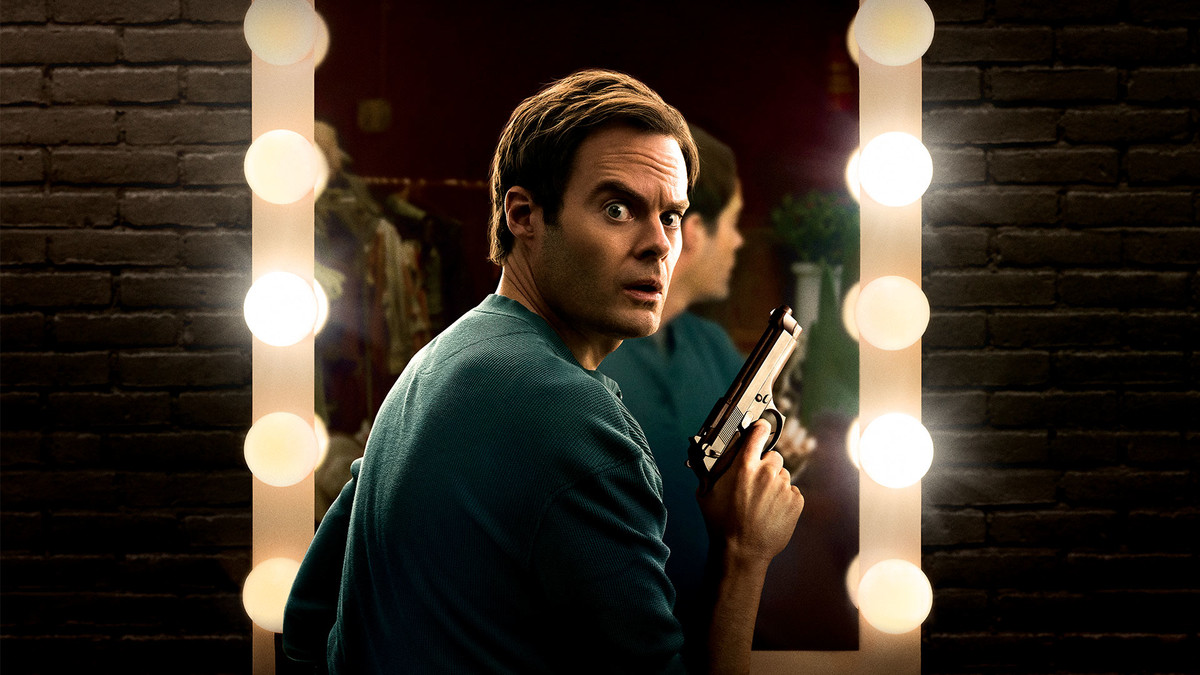
Sacred Games
This tense, dense Indian thriller won critical acclaim for its thoughtful storyline and stellar performances from the whole cast. Saif Ali Khan was superb as cynical police officer Sartaj Singh, promised (via an anonymous tip-off) the opportunity to finally capture the powerful underworld boss Ganesh Gaitonde (the outstanding Nawazuddin Siddiqui), only to find himself caught up in a wide-ranging conspiracy that goes way beyond Mumbai’s gangland.

Homecoming
Julia Roberts made her small-screen debut in this compelling psychological thriller, adapted from the popular podcast about social worker Heidi Bergman helping a soldier adapt to life after deployment, and directed by “Mr. Robot” creator Sam Esmail. The time-hopping story was shot unusually (but successfully) by Esmail, with Bergman’s future life as a waitress presented in vertical frame. This apparent gimmick paid off beautifully in a scene where she suddenly regains her memory of her time as a social worker, and the screen expands to full-width.
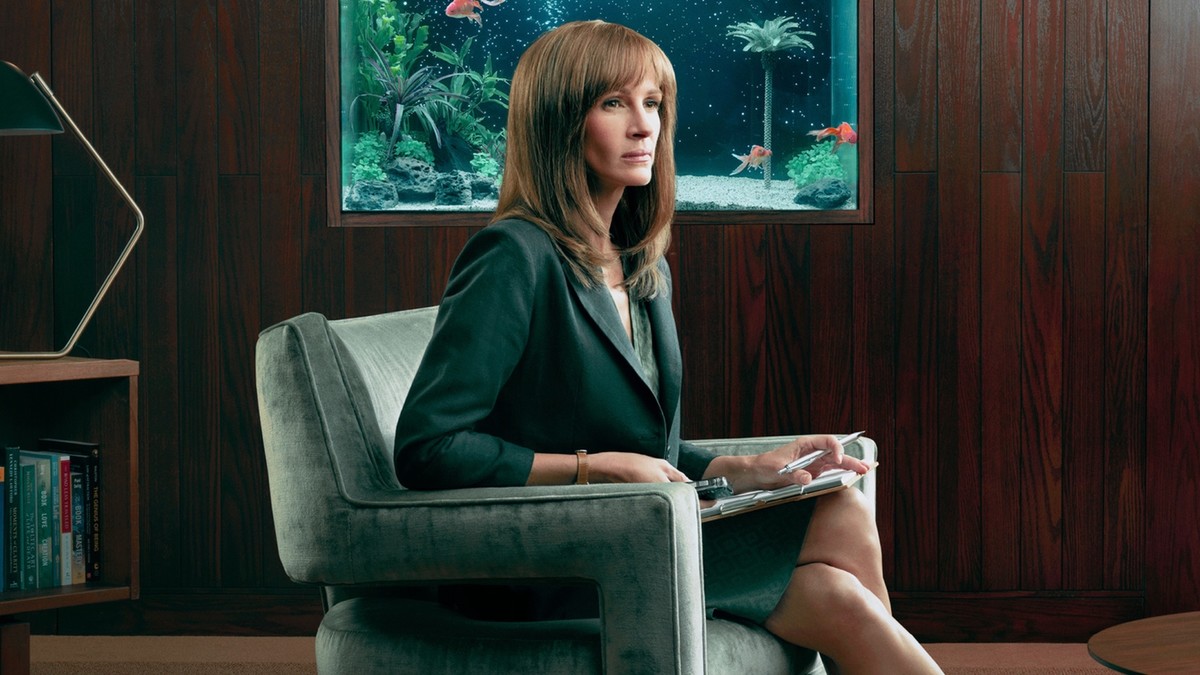
Tango
The talented quartet of Levantine actors Bassel Khayyat, Bassem Moughnieh, Daniella Rahme and Dana Mardini, directed by Rami Hanna, made this one of 2018’s must-see Arabic dramas. Married couples Sami and Farah and Omar and Lina are long-term friends, sharing a passion for tango dancing. When Farah is killed in a car accident that leaves Omar in a coma, it becomes clear the two were having an affair. What follows is an emotionally fraught depiction of how their spouses deal with the fallout.

Babylon Berlin
Beautifully shot and wonderfully acted, this German crime drama, set in 1929 Berlin, was hugely ambitious, but successfully so. Volker Bruch excelled as Inspector Gereon Rath — the emotionally and mentally damaged self-medicating war veteran sent to Berlin to investigate an extortion racket and stumbling on a bigger conspiracy — but was regularly overshadowed by scene-stealing Peter Kurth as the morally ambiguous, often revolting Detective Chief Inspector Bruno Wolter.
